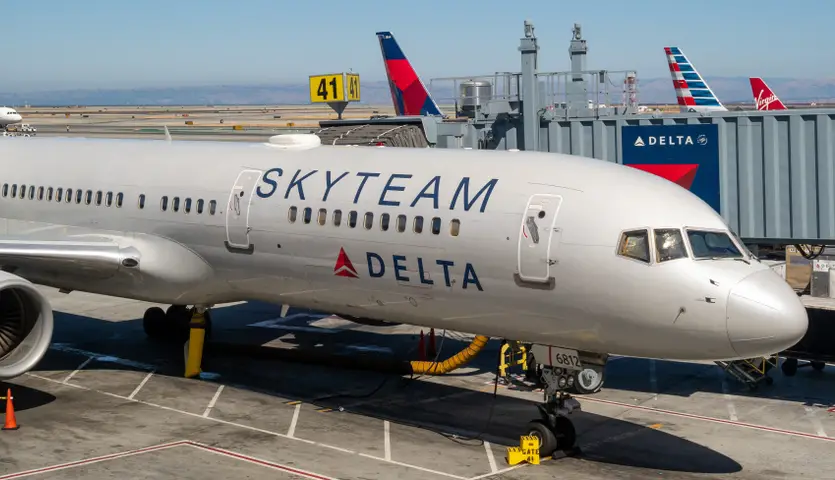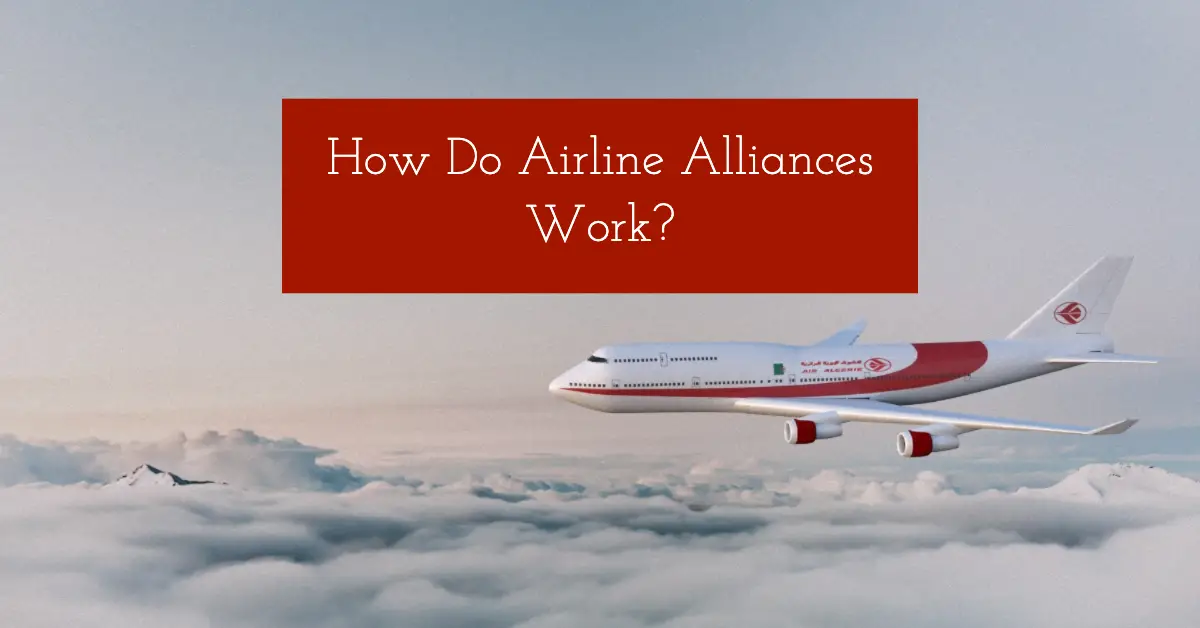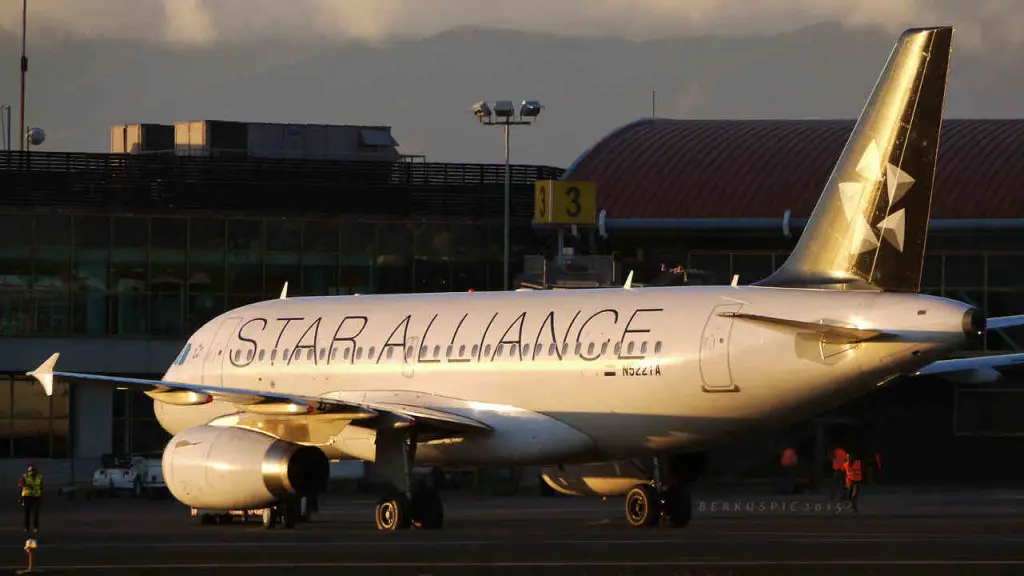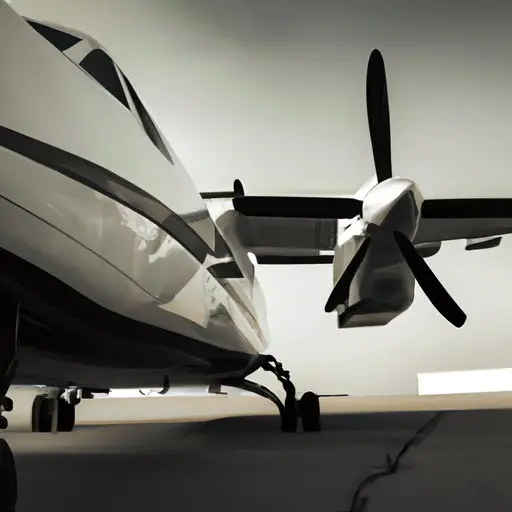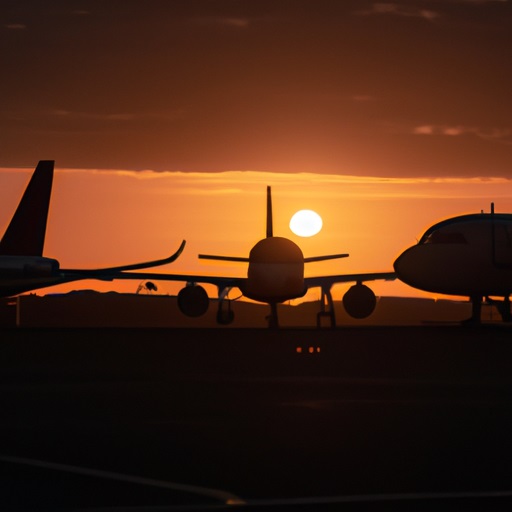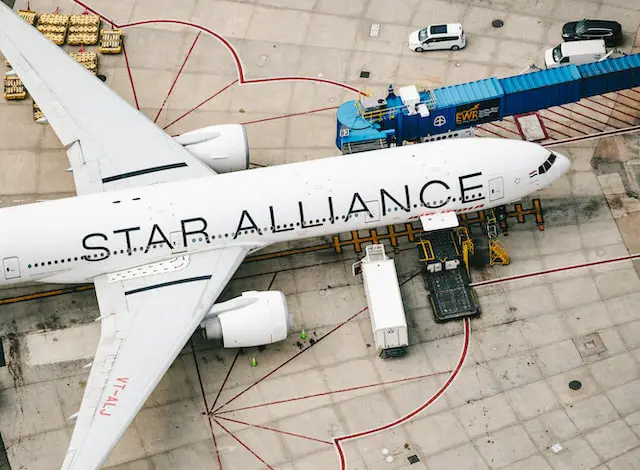
Airline Alliance – All You Need to Know
Airline alliances are cooperative arrangements between two or more airlines that aim to provide passengers with a wider range of destinations, more convenient schedules, and a better overall travel experience. At its core, an airline alliance allows participating airlines to share resources, such as routes, schedules, and frequent flyer programs, in order to achieve these goals.
How do airline alliances work?
Here’s a general overview of how airline alliances work:
Code sharing
Participating airlines in an alliance can sell seats on each other’s flights. This enables passengers to book multi-airline itineraries and enjoy a wider range of destinations. In terms of business, it allows a member airline to expand its route network without the need for additional aircraft.
Coordinated schedules
Airlines in an alliance can coordinate their schedules to offer customers more convenient travel options, such as seamless connecting flights. This can improve the overall travel experience for passengers and reduce the need for overnight stays or extended layovers.
Frequent flyer programs
Participating airlines in an alliance can allow members of their frequent flyer programs to earn and redeem points on all member airlines. This provides passengers with a more streamlined and centralized frequent flyer program, making it easier to earn and redeem points.
Lounge access
Alliance airlines can offer lounge access privileges to members of their frequent flyer programs, even when traveling on a flight operated by a partner airline.
Joint marketing
Airlines in an alliance can collaborate on joint marketing efforts, such as joint advertising campaigns and co-branded products, in order to raise awareness of the alliance and increase demand for their flights.
Coordinated customer service and support
Member airlines can provide coordinated customer service and support, making it easier for passengers to resolve any issues that may arise during travel.
Also Read: Why do Airlines Join Airline Alliances?
Which are the major airline alliances?
The three largest airline alliances in the world are Star Alliance, Oneworld, and SkyTeam.
Star Alliance
Star Alliance is the largest airline alliance in the world, with 26 member airlines operating in over 190 countries. Established in 1997, Star Alliance offers access to over 1,294 airports and a global route network of over 19,000 daily flights.
- Aegean Airlines
- Air Canada
- Air China
- Air India
- Air New Zealand
- All Nippon Airways (ANA)
- Asiana
- Austrian Airlines
- Avianca
- Brussels Airlines
- Copa Airlines
- Croatia Airlines
- EgyptAir
- Ethiopian Airlines
- EVA Air
- LOT Polish Airlines
- Lufthansa
- Scandinavian Airlines (SAS)
- Shenzhen Airlines
- Singapore Airlines
- South African Airways
- Swiss Airlines
- TAP Portugal
- Thai Airways
- Turkish Airlines
- United Airlines
SkyTeam
SkyTeam is the second-largest airline alliance established in 2000. It has 19 member airlines operating in over 190 countries. SkyTeam offers access to over 1,150 airports and a global route network of over 14,000 daily flights.
- Aeroflot
- Aerolíneas Argentinas
- Aeromexico
- AirEuropa
- Air France
- Alitalia
- China Airlines
- China Eastern
- Czech Airlines
- Delta
- Garuda Indonesia
- Kenya Airways
- KLM
- Korean Air
- Middle East Airlines
- Saudia
- Tarom
- Vietnam Airlines
- XiamenAir
Oneworld
Oneworld is the third-largest global airline alliance, established in 1999. It has 15 member airlines operating in over 170 countries. Through its member airlines, Oneworld offers access to over 1,000 airports and a global route network of over 13,000 daily flights.
- Alaska Airlines
- American Airlines
- British Airways
- Cathay Pacific
- Finnair
- Iberia
- Japan Airlines
- Malaysia Airlines
- Qantas
- Qatar Airways
- Royal Air Maroc
- Royal Jordanian
- SriLankan Airlines
- Fiji Airways
- Oman Air
What is the difference between a codeshare agreement and an airline alliance?
A codeshare agreement and an airline alliance are both cooperative arrangements between airlines, but they have different purposes and features.
As described earlier, a codeshare agreement is an arrangement between two or more airlines in which one airline puts its flight code on a flight operated by another. Essentially, it allows airlines to sell tickets on flights that they do not operate themselves. Passengers benefit from the codeshare agreement by being able to book and travel on a single ticket, even if their journey involves multiple airlines. This provides greater convenience and flexibility in travel and also expands the reach of airlines, allowing them to offer more destinations to their customers.
An airline alliance is a broader cooperative agreement between two or more airlines that encompasses code sharing and other features, such as joint scheduling, frequent flyer program integration, lounge access privileges, and coordinated customer service and support.
Thus, a code-sharing agreement is a subset of an airline alliance. Airline alliances typically include code-sharing as one of several features aimed at providing passengers with a more convenient and seamless travel experience.
Are there any restrictions on flights operated by partner airlines in an alliance?
There may be some restrictions on flights operated by partner airlines in an alliance, depending on the specific terms of the alliance agreement and the policies of each participating airline.
Here are some common restrictions to consider:
- Availability: Not all flights operated by partner airlines may be available for booking through the alliance, and seats on some flights may be limited.
- Frequent flyer programs: There may be restrictions on earning and redeeming miles with frequent flyer programs of partner airlines. For example, only flights operated by the member airline may be eligible for mileage accrual, or there may be restrictions on the type of fare class that is eligible for mileage accrual.
- Lounge access: Lounge access privileges with partner airlines may be restricted, and some airlines may require an additional fee for lounge access.
- Baggage: There may be restrictions on baggage allowances and fees for flights operated by partner airlines.
- Customer service and support: In the event of flight disruptions or other issues, passengers may need to contact the operating airline for customer service and support rather than the airline they booked their flight with.
How do airline alliances affect ticket prices?
Airline alliances can have a significant impact on ticket prices, although the exact effect may vary depending on a number of factors. In general, airline alliances can help to reduce costs for airlines, which can translate into lower ticket prices for consumers.
One way that airline alliances can impact ticket prices is by increasing competition between airlines. By working together in an alliance, airlines can offer a wider range of routes and destinations and may be able to compete more effectively with other airlines in the market. This increased competition can lead to lower ticket prices as airlines try to attract customers with more competitive fares.
Another way that airline alliances can affect ticket prices is by allowing airlines to share costs and resources. For example, airlines may be able to share aircraft, maintenance facilities, and other resources, which can help to reduce operating costs. Additionally, by working together, airlines may be able to negotiate better deals with suppliers and other vendors, which can also help to reduce costs.
However, it’s important to note that airline alliances can also have the opposite effect on ticket prices, particularly in situations where they reduce competition or limit consumer choice. For example, if an airline alliance dominates a particular market, they may be able to charge higher fares, as there are fewer alternative options available to consumers.
How do airline alliances impact customer service and support?
Airline alliances can have both positive and negative impacts on customer service and support.
Positive impacts:
- Coordinated customer service: Airlines in an alliance can work together to provide coordinated customer service and support, making it easier for passengers to resolve any issues that may arise during their travel.
- Improved reservation and ticketing process: Airlines in an alliance can streamline the reservation and ticketing process, making it easier for passengers to book and manage their travel plans.
- Centralized frequent flyer programs: Airlines in an alliance can allow members of their frequent flyer programs to earn and redeem miles on all participating airlines. This can provide passengers with a more streamlined and centralized frequent flyer program, making it easier to earn and redeem points.
Negative impacts:
- Confusion and inconsistencies: In some cases, the customer service and support provided by partner airlines in an alliance can be inconsistent, leading to confusion and frustration for passengers.
- Limited control: As mentioned earlier, in the event of flight disruptions or other issues, passengers may need to contact the operating airline for customer service and support rather than the airline they booked their flight with. This can result in limited control over the resolution of issues, as the operating airline may have different policies and procedures for customer service and support.
- Complexity: The coordination of customer service and support between multiple airlines in an alliance can be complex, leading to longer wait times and more difficulties in resolving issues.
How do airline alliances impact competition in the airline industry?
The impact of airline alliances on competition in the airline industry is a complex issue. It can be influenced by a number of factors, including the specific terms of the alliance agreement, the competitive landscape in each market, and the strategies of participating airlines.
On the one hand, airline alliances can increase competition in the airline industry by allowing participating airlines to access each other’s routes, leading to increased customer choice and potentially lower ticket prices. By joining forces, airlines in an alliance can offer customers a wider range of destinations, which can increase competition with non-member airlines by providing passengers with more options for travel.
On the other hand, airline alliances can also result in market dominance by a few large airlines, reducing competition and potentially leading to higher ticket prices and reduced customer choice. In some cases, airlines in an alliance may become so dominant in a particular market that they are able to control ticket prices and schedules, reducing competition and limiting customer choice.
Another factor to consider is the impact of airline alliances on competition from non-alliance airlines. Airlines in an alliance can face increased competition from non-alliance airlines, which may offer lower ticket prices and more convenient schedules in an effort to attract customers. In addition, non-alliance airlines may be able to offer unique routes and services that are not available through the alliance, further increasing competition in the airline industry.
Final thoughts
In conclusion, airline alliances offer many benefits to both airlines and passengers. By working together, airlines can expand their networks, reduce operating costs, and provide more convenient and seamless travel options for passengers.
However, there are also potential drawbacks to airline alliances, such as reduced competition and limitations on customer choice. Overall, the impact of airline alliances on the airline industry and ticket prices are complex and can vary depending on a number of factors.
As the airline industry continues to evolve, it will be interesting to see how airline alliances continue to shape the future of air travel.
Read More on Airline Alliance
There are three major airline alliances: Star Alliance, SkyTeam, and Oneworld, in order of size. They make connections and mileage collecting and spending ...
We analyze the vulnerability of airline alliance route networks to the exit of member airlines. Vulnerability measures how easy it is to disconnect a network. ...
Airline alliances make it possible to fly and use your airline miles all over the world. Here's what you need to know about the three major alliances. ...
Most of the major carriers worldwide have joined one of three international airline alliances. The U.S. Department of Transportation has granted immunity from ...
Airline alliances have grown over the years to form an integral part of the passenger airline industry. Altogether, there are currently three big players in ...
What are the main airline alliances? How do airline partnerships work? Learn more about the world's greatest airline alliances and partnerships. Source: The ...
You might think that you can only redeem Delta miles to fly on Delta, or American miles to fly on American. Opening your mind to the wonderful world of airline ...
Learn about how the three major airline alliances work and which best benefits you: Oneworld, StarAlliance, or SkyTeam. Source: Airline Alliances: Which is ...
Airline alliances and airline partnerships are downright confusing. Learn what an airline alliance is and how to maximize your miles by using them! Source: ...
Alliance cooperation principally involves two activities: Reciprocally linked frequent flyer programs and Codesharing, generally (but not always) reciprocal. ...
Airline alliances are cooperative arrangements between two or more airlines that aim to provide passengers with a wider range of destinations, more convenient ...
Airline alliances save you time and money, while affording you access to a wider net of travel-related items and experiences. Source: 4 Benefits of Airline ...
Currently, there are three major multinational airline alliances, namely Star Alliance, SkyTeam, and Oneworld (passenger airline sector). Multinational airline ...
There is no clear consensus, though, whether the airline alliances on international markets do bring benefits to the member companies. Therefore the paper ...







